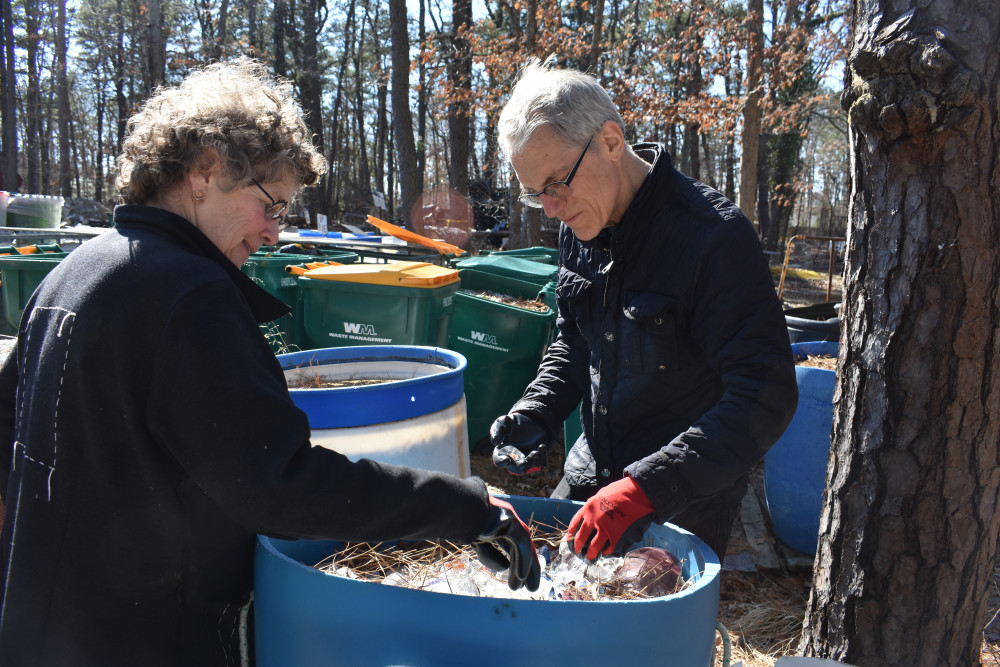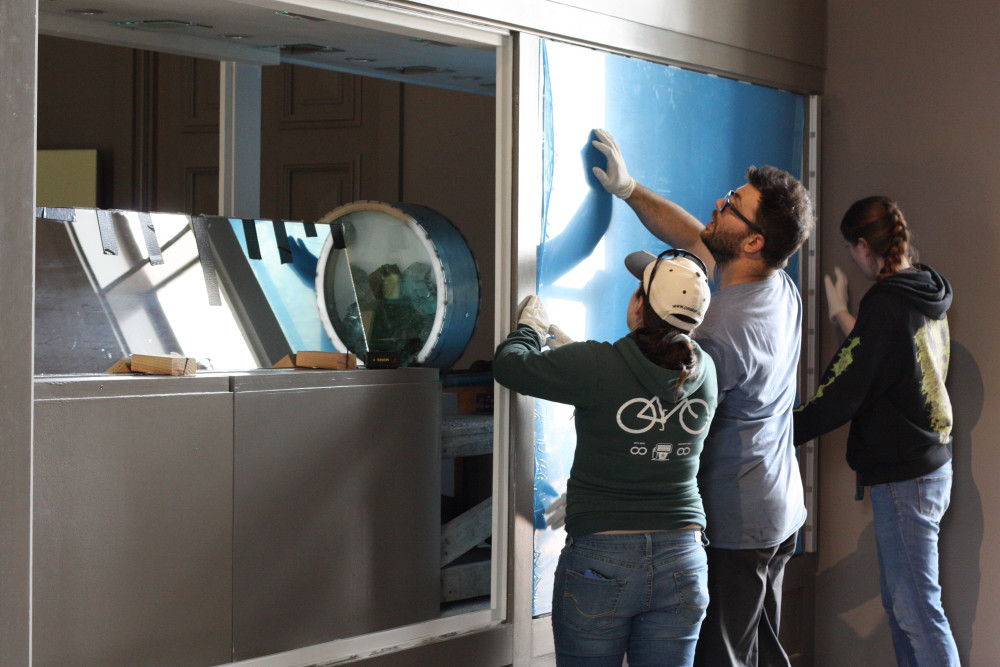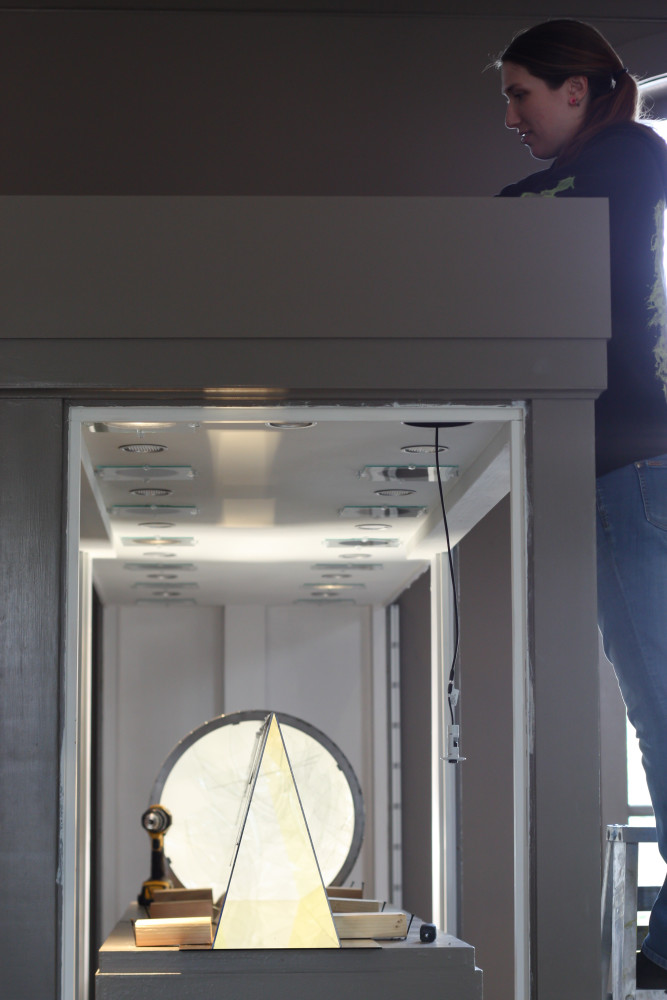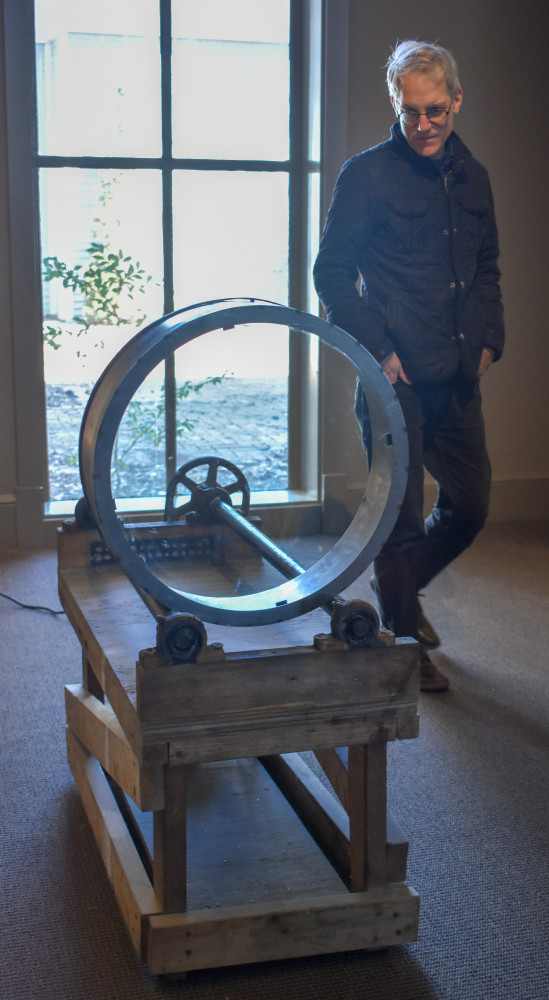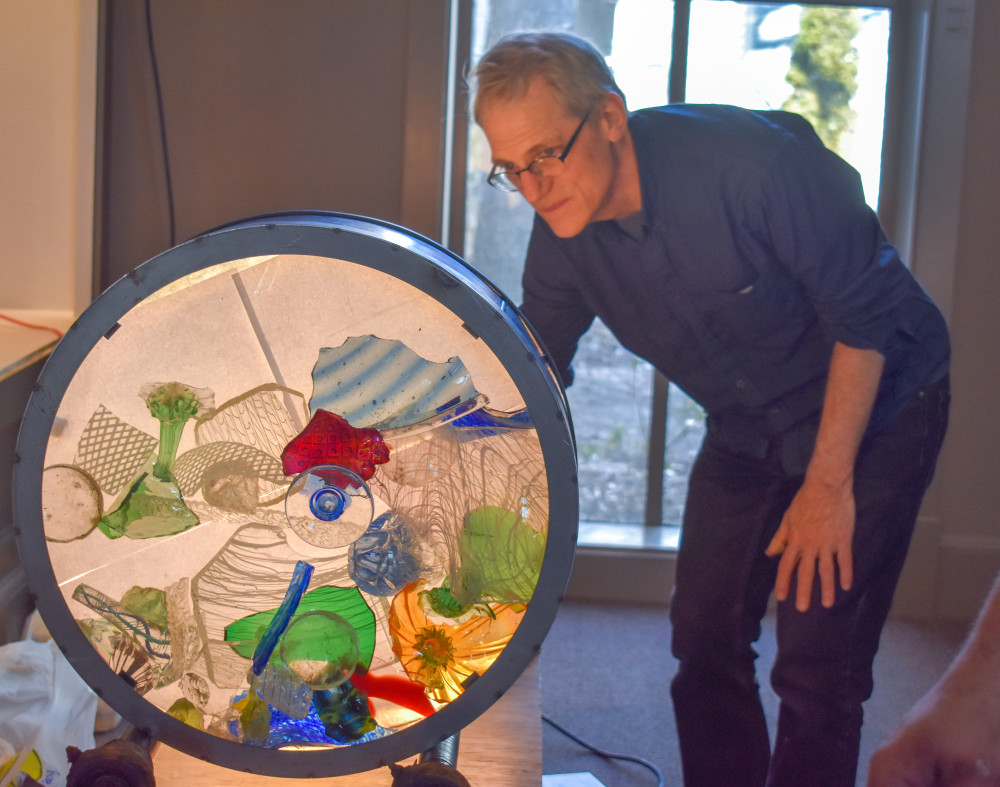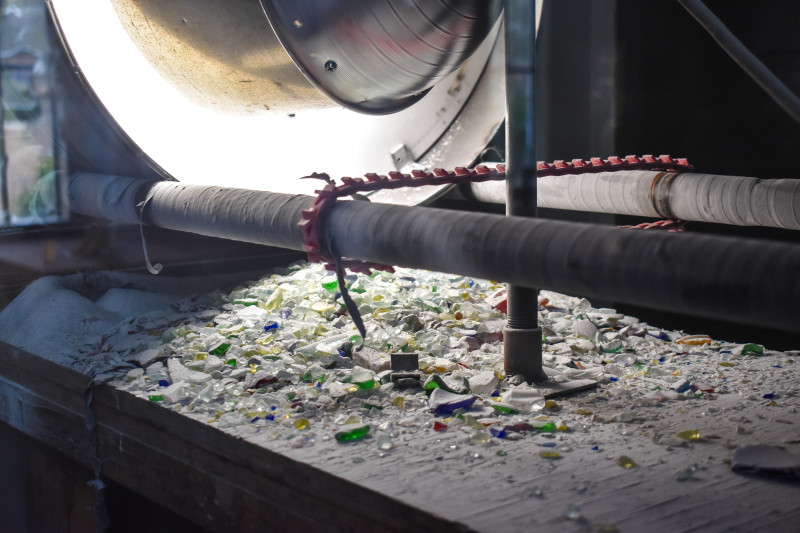Richard Torchia
 Richard Torchia, a curator and artist, is director of Arcadia University Art Gallery, where he has organized solo exhibitions for Ai Weiwei, Francis Cape, Tacita Dean, Olafur Eliasson, William Larson and Kay Rosen, and many others. In addition to ongoing publishing and writing projects, Torchia has maintained an artistic practice employing the camera obscura as a means to develop site-specific installations. Recent exhibitions include projects at Evergreen House (Johns Hopkins University), Slought Foundation (Philadelphia), and Wave Hill (Bronx, New York), and the Center for Discovery, Harris, New York. His work is included in the permanent collection of the Philadelphia Museum of Art and the library of the Museum of Modern Art, New York. Marquee, a permanent public work realized in collaboration with Greenhouse Media (Aaron Igler and Matt Suib), opened in the fall of 2011.
Richard Torchia, a curator and artist, is director of Arcadia University Art Gallery, where he has organized solo exhibitions for Ai Weiwei, Francis Cape, Tacita Dean, Olafur Eliasson, William Larson and Kay Rosen, and many others. In addition to ongoing publishing and writing projects, Torchia has maintained an artistic practice employing the camera obscura as a means to develop site-specific installations. Recent exhibitions include projects at Evergreen House (Johns Hopkins University), Slought Foundation (Philadelphia), and Wave Hill (Bronx, New York), and the Center for Discovery, Harris, New York. His work is included in the permanent collection of the Philadelphia Museum of Art and the library of the Museum of Modern Art, New York. Marquee, a permanent public work realized in collaboration with Greenhouse Media (Aaron Igler and Matt Suib), opened in the fall of 2011.
Each time he visited the Museum of American Glass at WheatonArts, he was moved by a certain disdain for the glut of precious objects on display there. “The sheer mass of mostly small, fragile objects arouses in me an uncanny desire to smash things.” In some way, the project he envisions harnesses this “bull-in-a-china shop” impulse against decorative trinkets made of glass and attempts to transform it into a productive impulse.
For Emanation 2019, he will produce a large-scale kaleidoscope using samples of the glass shards (cullet) currently being stored in the 20-gallon barrels behind the glass studio. Small pieces of colored glass have traditionally been the “subjects” of these optical toys. Recognizing the bounty of Wheaton’s cullet as a material resource for such a device, it is his aspiration to place these glass fragments into a slowly turning drum-like vessel that will gradually “grind” the shards into a smaller and smaller pieces. He hopes to transform the cullet into a kind of glass “sand” and expand the kaleidoscope into a Rube Goldberg-like contraption that will allow viewers to watch this process of destruction and transformation in detail.
Using lenses to project the kaleidoscope images (produced with three facing mirrors) onto the walls of a darkened room. People could also peer into the turning drum through tubes lined with angled mirrors.
Torchia’s intention to question the easily produced visual pleasure generated by kaleidoscopes, and perhaps reframe it as a kind of “disposable” beauty, an attribute with which the devices have always been associated, along with the act of seeing itself. (Quoting Wikipedia: “The word kaleidoscope is derived from the Ancient Greek καλός (kilos), “beautiful, beauty”, [“that which is seen: form, shape”] and σκοπέω (skopeō) [“to look to, to examine”] hence “observation of beautiful forms.”) In response to this etymology, he will admit to enjoying the bad pun on the word “collide” that this project could suggest.
~Julie Courtney, Curator
Click Here To See Webcam Views and Recordings of Torchia’s Large-scale Kaleidoscope, Grrndr.


